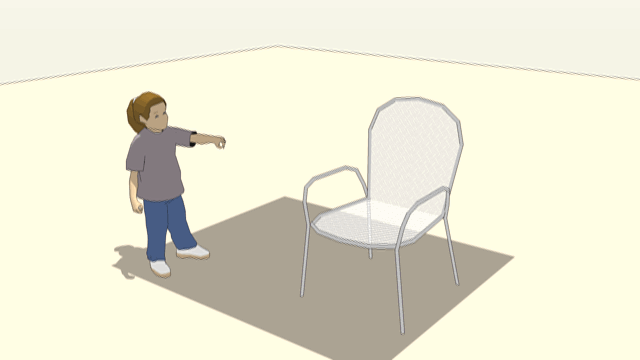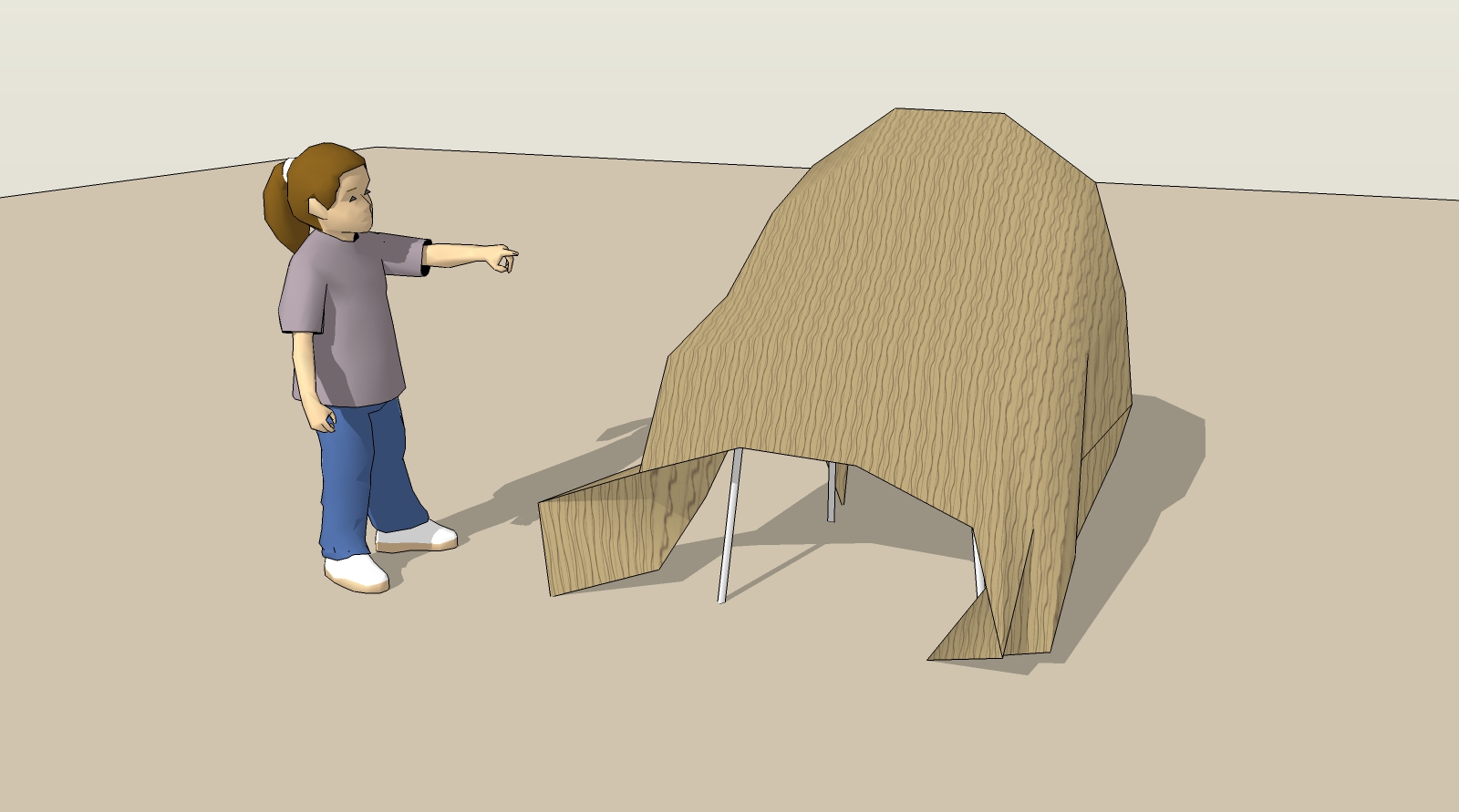Creating a plaid on a chair - cloth simulator?
-
hi
i wonder if anyone knows of a standalone cloth simulator?
i would like to create a plaid that lays over a chair, like the one in the attached image.i have tried using artisan, but i'm finding it quite hard (but maybe not impossible) to create something similar.
therefore, does anyone now of a plugin that can simulate cloth in sketchup, or some kind of standalone simulator that imports obj files (the chair) and exports obj files?
any input is very welcome

jorgensen
-
Drape CPoints by TIG can maybe help you!
-
hi pilou
thanks - drape cpoints looks very interesting. i will test that out.
thanks
jorgensen -
Maybe you can also use SketchyPhysics for it. Possibly there is this technique once for MSPhysics. This example is made with models from 3D-Warehouse and the plugin "SketchyPhysics" (only up to SketchUp 2016, 32 bit).

-
Cool!
-
hi faust
that is so cool - i have tried to install MSPhysics in sketchup 2017, and it seems to run - do i need more than that?
thanks
jorgensen -
and how the ..... have you made that fantastic cloth?

i don't see that as a material type... -
-
What trickery have we here?

So damned cool.
-
(sketchy Physics) didnt know that it has that capability at all .they've been sitting on my toolbar for a long while....
-
-
Ok. Have that.
I was just surprised that it works in sketchup 2017 / 64 bit.
Jorgensen
-
As I wrote, this runs only with "SketchyPysics" up to the SketchUp version 2016 32 bit. It still does not work with "MSPhysics" (SketchUp 2017, 64 bit). But the author of the plugin (Anton S) has something similar on his ToDoList.
The assignment of material is only possible after reaching the intended position of the cloth and storing a copy of the model during the pausing simulation.

-
and here is the model, if you want to play...
The mesh count of the cloth can be increased by copying the elements accordingly and adjusting the numbering of the matrix ...
Two very interesting techniques have been used: self-linking groups and the creation of a surface following the simulation.
The model is a little bit modified by me (sorry, don't know the name of the author and can't find it on 3D-warehouse, only copies...)
If this could be translated for MS Physics one day - Hallelujah
-
Actually this can be done with MSPhysics. All this does is creates a bunch of speres linked by BallAndSocket joints. Then it uses a script to move cloth vertices to new position. This is artificial cloth and has its downsides, primarily the performance. But I can modify that small script for compatibility with MSPhysics.
-
Ingenious, I've known it... Thanks, Anton!

-
So it might work with msphysics?
I hope as I don't have access to su 2016 anymore.
-
a proof of concept to creating like "Marvelous Designer " plugin perhaps. Are we still decades away from there?
-
Here is the proof!
I intend of writing a new plugin for this kind of stuff.
-
That would be very very cool Anton!
It would make cloth creating a lot easier.
Just create a flat cloth, add a nice texture, animate the cloth onto a chair, stop the animatin, make small adjustments with artisan or like - and render.Can we set the resolution of the cloth?
Thanks
Jorgensen
Advertisement
 WOW !!!
WOW !!!






